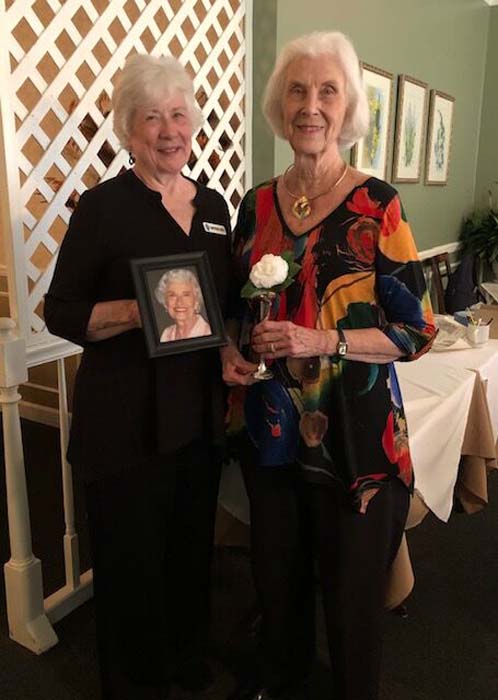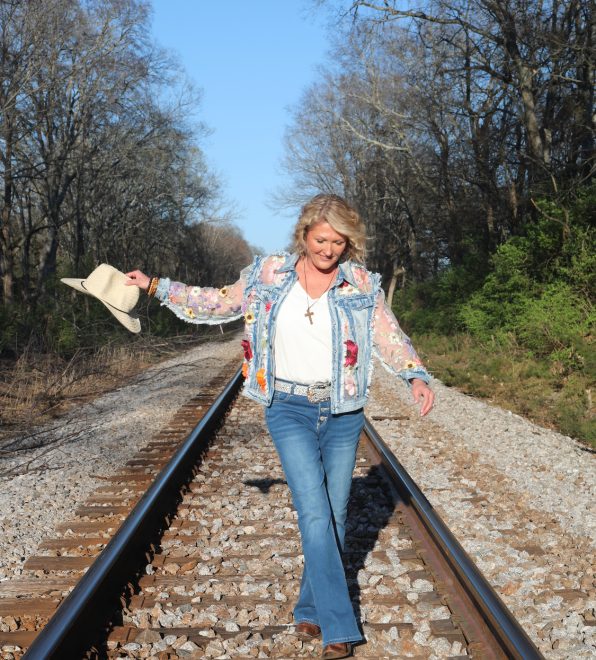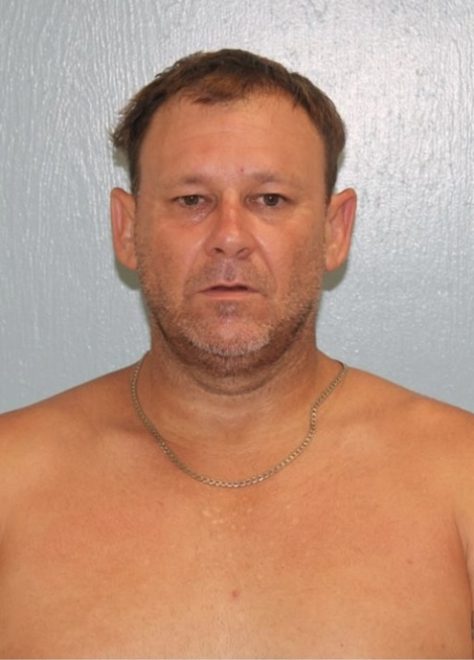17th Century Colonial Dames learn about Moravian culture and music
Published 9:32 am Thursday, December 1, 2022

- (L to R) Dr. MaryFriend Carter, Chapter Chaplain, and member Carol Singletary hold Memorial Service for deceased member Sarah Hasty Secrest, Singletary’s sister.
The John Lee of Nansemond Chapter, National Society Colonial Dames 17th Century held its November meeting at The Plaza Restaurant.
Anita Ward, National Defense Chair, gave the history of Veterans Day, formerly Armistice Day, established in 1918, ending World War I on the 11th hour, the 11th day of the 11th month. It became Veterans Day in 1954.
Trending
Dr. MaryFriend Carter, Chapter Chaplain, conducted the memorial service for deceased member Sarah Hasty Secrest who was a charter member of the chapter which was established in 2007 by the late Rosemary Lee Henderson.
Miriam F. Powell presented a program on the history of Moravian culture and music. The Moravians first established a protestant church in the mid-15th century in Moravia and Bohemia, now part of the Czech Republic and their native language was German. They arrived in America the first part of the 18th century, coming to Georgia in 1735. Some of the Moravians were on a ship with John and Charles Wesley, cementing a close relationship with the Methodist Church. The Moravians were the first protestants to send missionaries world-wide and became known as Unity of Brethren or United Brethren.
The colony failed in Georgia due to wars and disease. More permanent settlements were established in eastern Pennsylvania in 1741. Bethlehem, in the Lehigh Valley, became the main center of the Northern Province of the church. One hundred thousand acres in North Carolina were purchased for a Southern Province, and named Wachovia. Salem, now part of Winston-Salem, founded in 1761, is the headquarters of this province. The name Wachovia, which is a major financial institution today, headquartered in Charlotte, North Carolina, came from the Austrian name, Wachau Valley, along the Danube River. It now makes up most of Forsyth County (Winston-Salem), North Carolina.
Early Moravians believed in educating girls as well as boys and Moravian women were educated during a time when some other European cultures debated whether women even had souls!
Like the Quakers, the Moravians kept meticulous records which is why we have so much of their beautiful music today. Music was a distinctive part of their history. They knew, loved, practiced, and wrote excellent music. They had the richest musical culture in the Colonial America. Thousands of anthems, solo arias, and duets were written by Moravian men and women for worship. The music was numbered rather than named, for example, the Old 100th, our Doxology. The instruments they used were organs, strings, woodwinds, and brasses.
Another most interesting fact about the Moravian people is that they were the first to celebrate, in 1783, the 4th of July in this country. The celebration took place in Salem, North Carolina.
Trending
Mrs. Powell ended her presentation by playing a CD with several beautiful Moravian music pieces.





